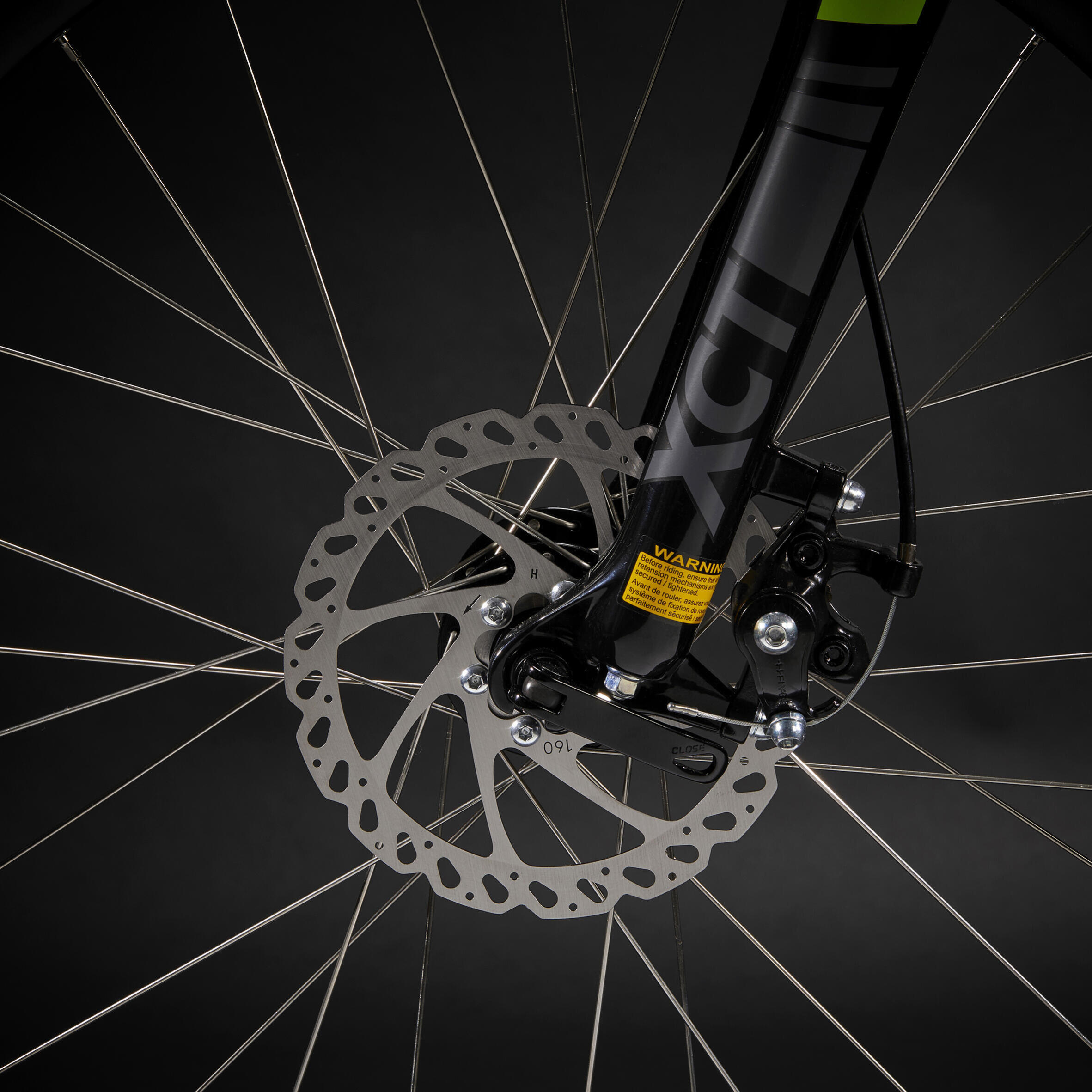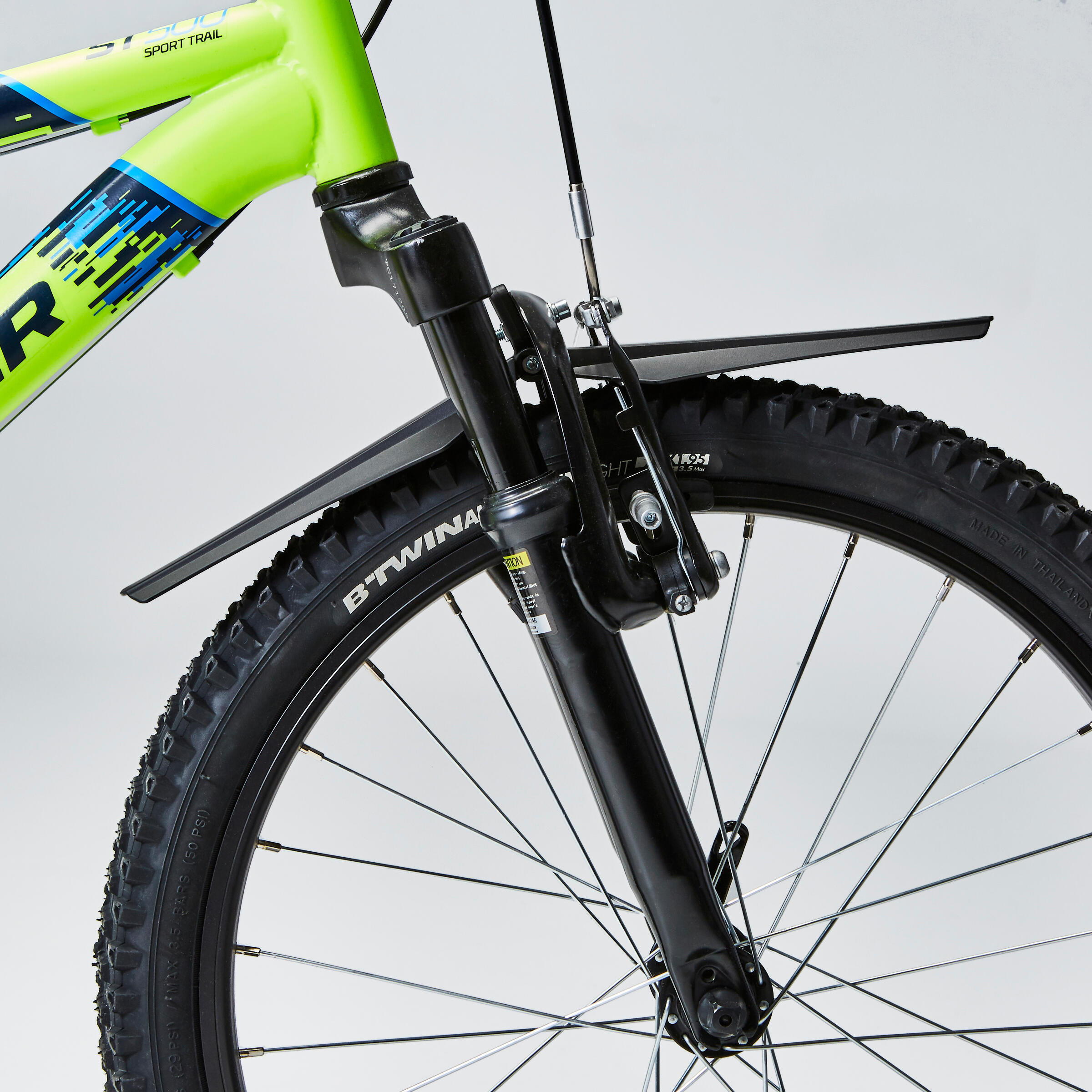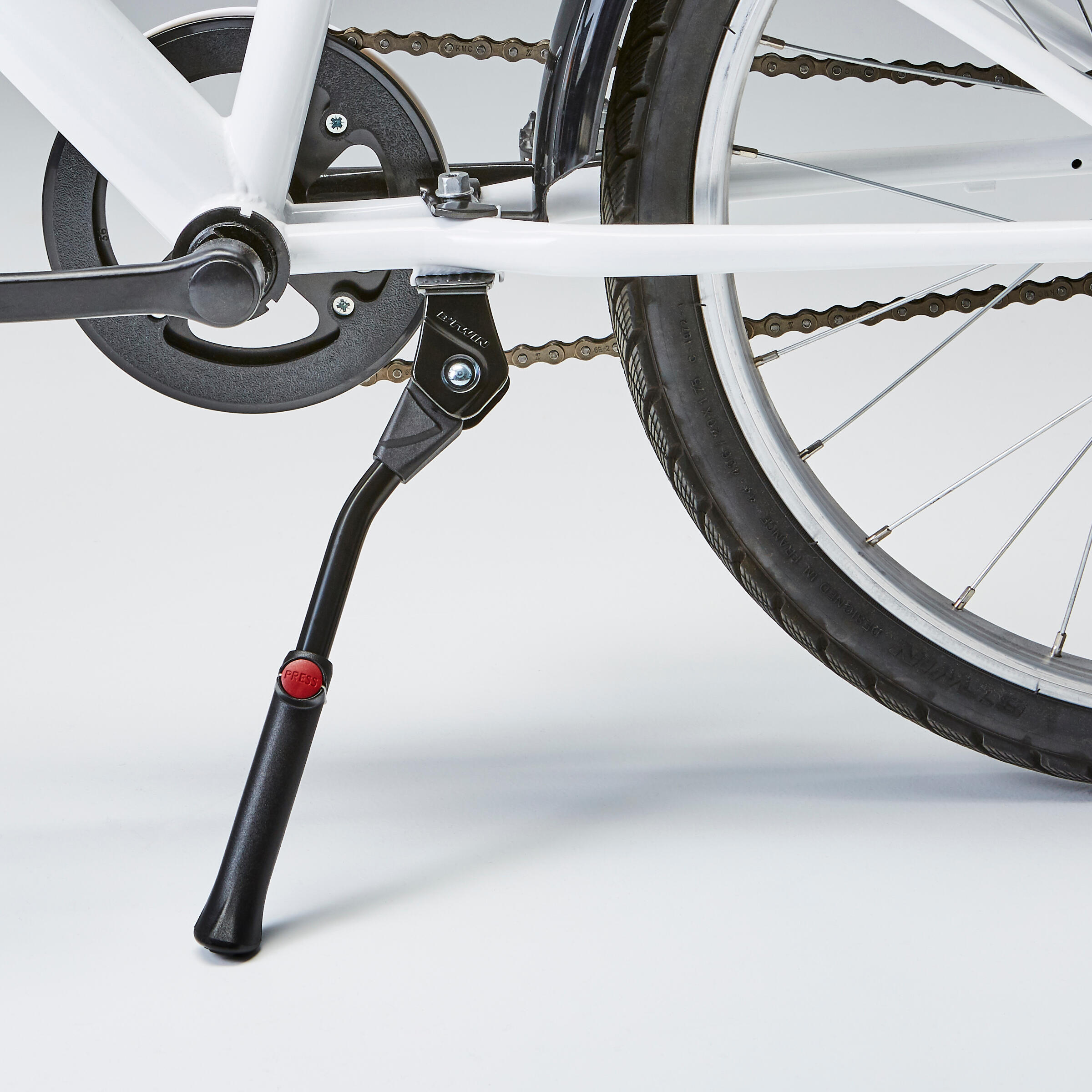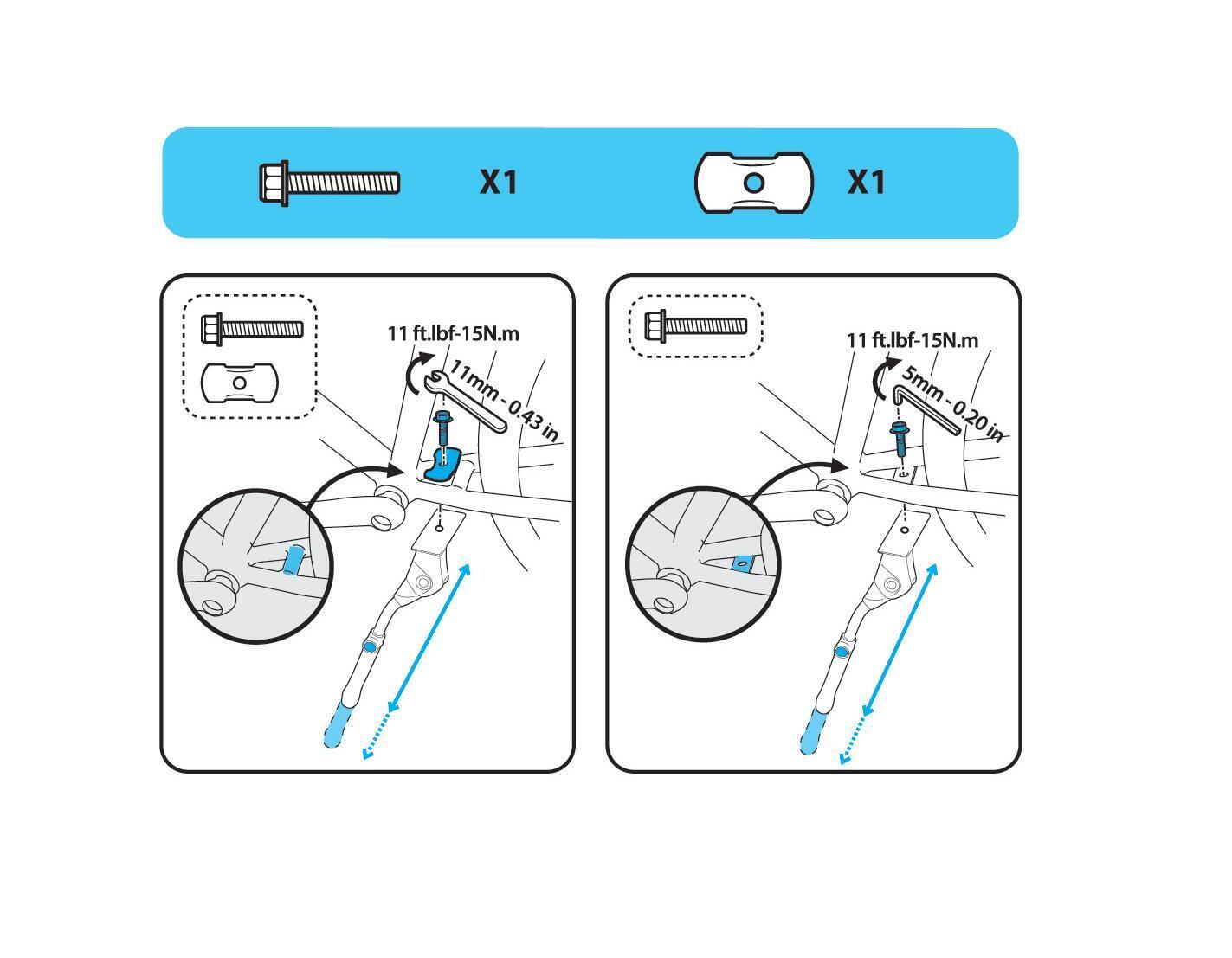Our btwin commitments
ROCKRIDER provides a lifetime warranty on the frame, handlebar and stem of your mountain bike (under normal conditions of use).
All other parts have a two-year warranty.
When you start riding your bike, some components will move slightly. This is why we offer a free tune-up of your mountain bike within the first three months of purchase.








